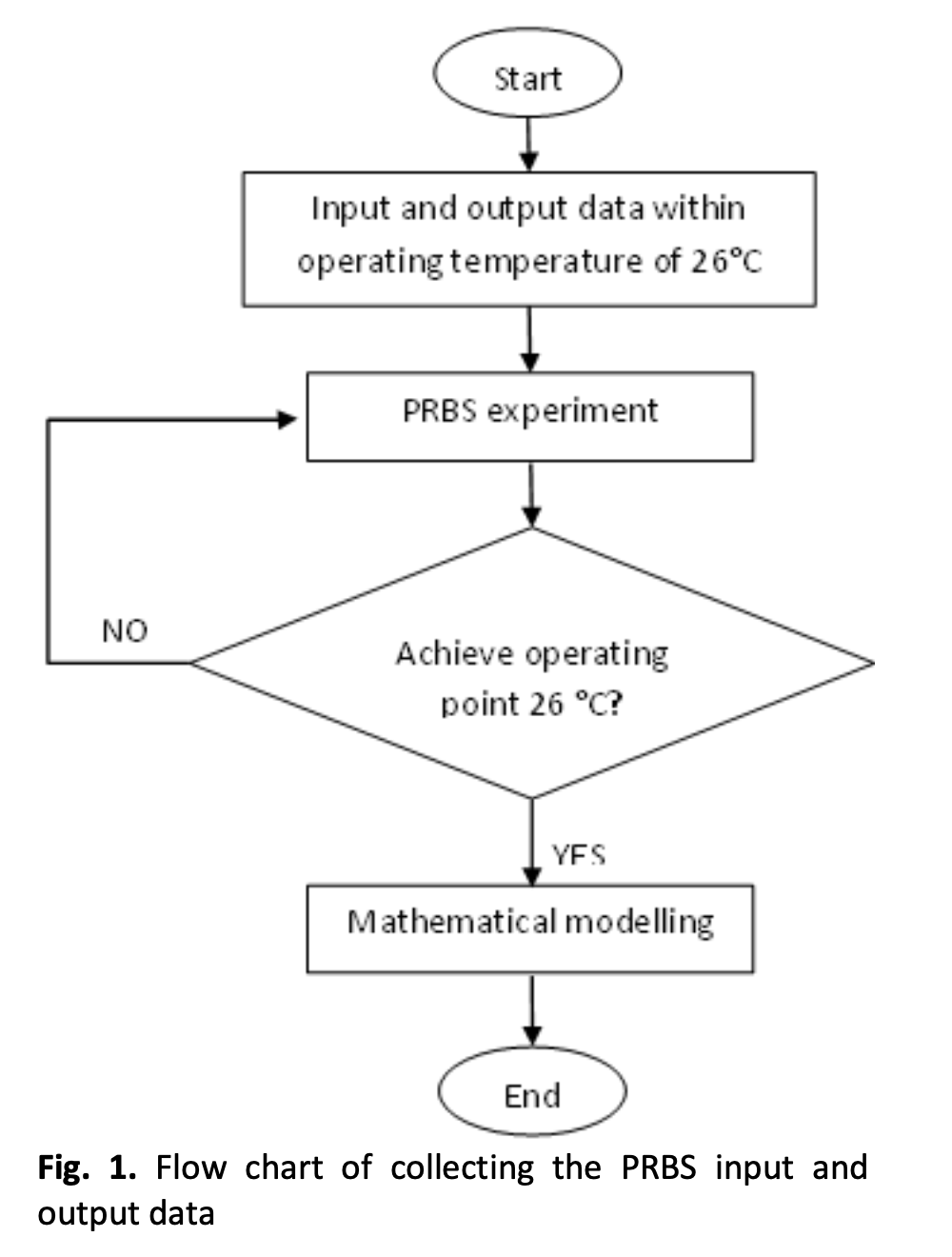The ARX and ARMAX Models for Thermoelectric Cooling on Glass Windows: A Comparative Study
DOI:
https://doi.org/10.37934/arfmts.97.1.105118Keywords:
Thermoelectric, glass windows, ARX, ARMAX, coolingAbstract
Thermoelectric cooling (TEC), in particular, can be combined with a heat sink for local cooling, but they can also be integrated into electronic chips for point-to-point cooling. The study aims to develop a dynamic model of a cooling system integrated with TEC for glass window. The main target of this study is to develop a dynamic model of a cooling system integrated with TEC. The black box modelling approach in producing a mathematical model was selected based on the ARMAX and ARX model that corresponds to the actual dynamic state of the cooling system. The best model was finalized based on the best match on curve patterns when comparing the real and estimated models using the system identification tools in MATLAB, and also having the least error. The accuracy of the models was compared and analysed. The results showed that the 4th order of the ARMAX model produced a higher best fitting and standard deviation values of 80.23% and 0.027592 compared to the 4th order of the ARX model of 78.14% and 0.030769 respectively. This system accuracy is almost within the acceptable range for most error calculations in the validation method. Yet, this cooling system integrated with TEC is found more suitable for the 4th order of the ARMAX model when compared to the ARX model due to the noise parameter in the ARMAX model. Nevertheless, the noise order in this system is not dominant, therefore, whenever the noise order of the system in the ARMAX model is high than the second structure (nb), the number of errors is also high. In addition, the ARMAX model is found incapable of achieving the highest fitting due to the losses from the dynamic environment and losses from the TEC itself. Still, the use of this black box model used in this study is a significant variation where system parameters can be identified even offline.
Downloads

































